PBoC Vice Governor Pan Gongsheng said today that the economy could be disrupted in Q1 due to the coronavirus outbreak. The central bank is closely monitoring the impact and is preparing policy responses to offset the pressure on the economy. He added that countercyclical adjustment efforts will be boosted to keep market liquidity at a reasonably ample level. Separately, Vice Finance Ministry Weiping also indicated there will be tax and fees cuts to help businesses.
According to the National Health Commission, on February 6, total confirmed coronavirus cases rose 3143 to 31161. Deaths increased 73 to 636. Serious cases rose 962 to 4821. Suspected cases rose 1657 to 26359. Globally, total reported cases hit 31481, in over 35 countries, including 86 in Japan, 30 in Singapore, 25 in Thailand, 24 in South Korea and 16 in Taiwan.
Chinese doctor Li Wenliang who tried to warn the public of the coronavirus back in December, died yesterday. He was one of the eight “whistle-blowers” reprimanded by the government for spreading “rumors”. China’s top disciplinary body, the National Supervisory Commission claimed today that they would send a team to Wuhan to investigate the issue. But the doctor’s death has already triggered outcry from the public and a “I Want Freedom of Speech” social media campaign in the country.




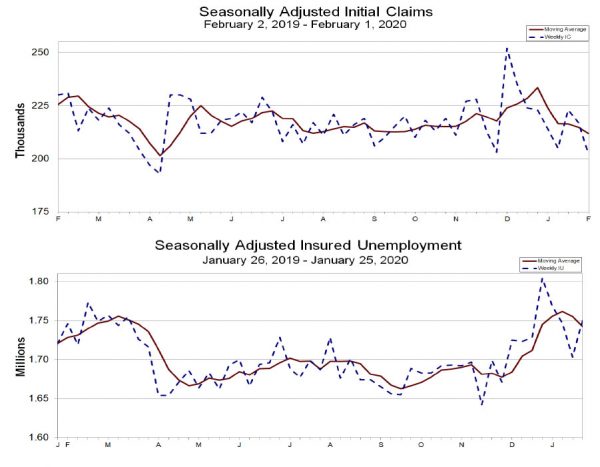
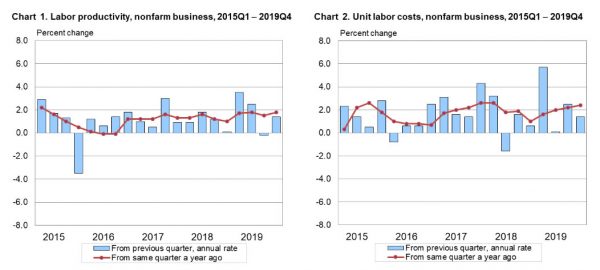
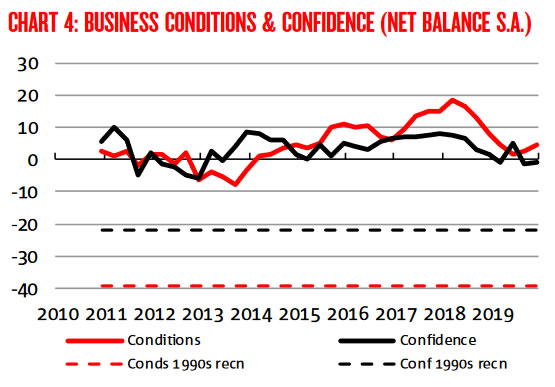
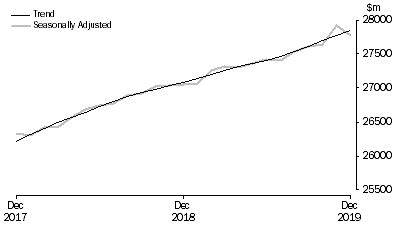
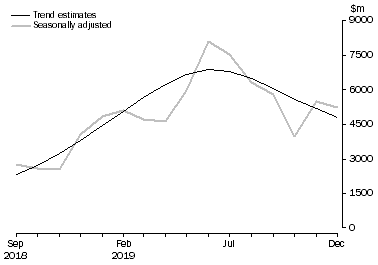
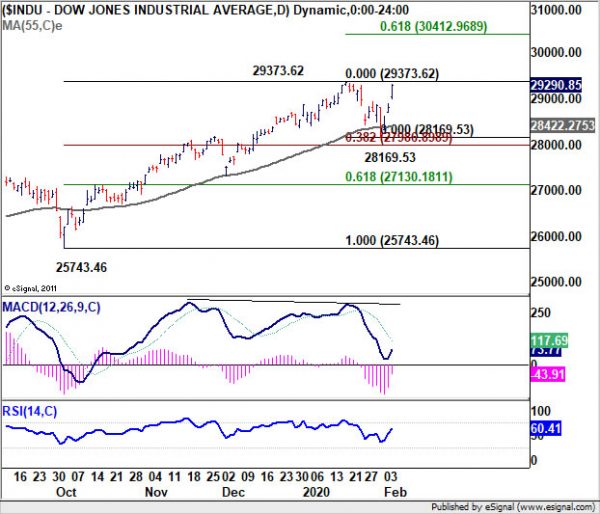
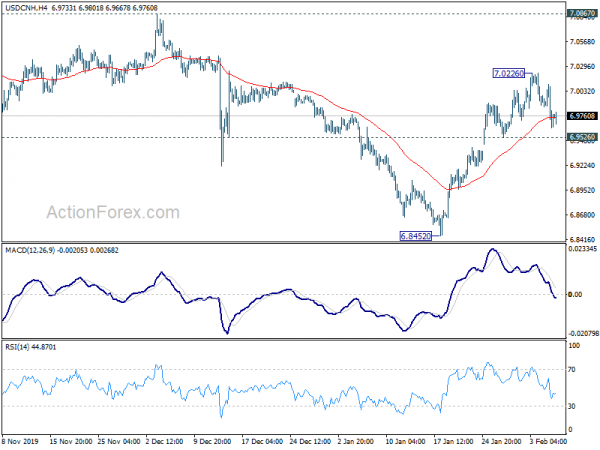
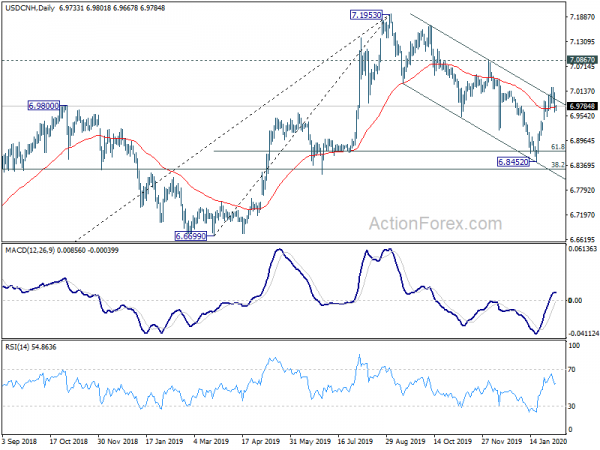
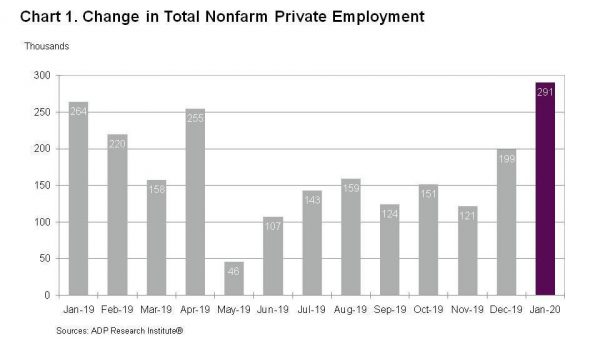
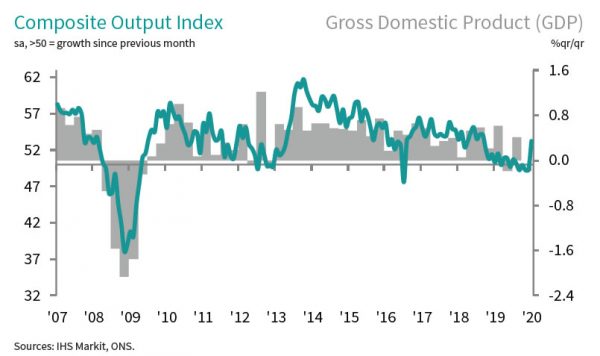
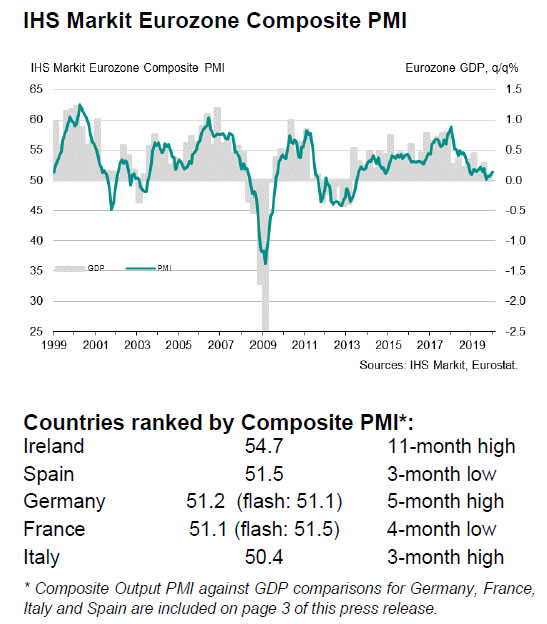
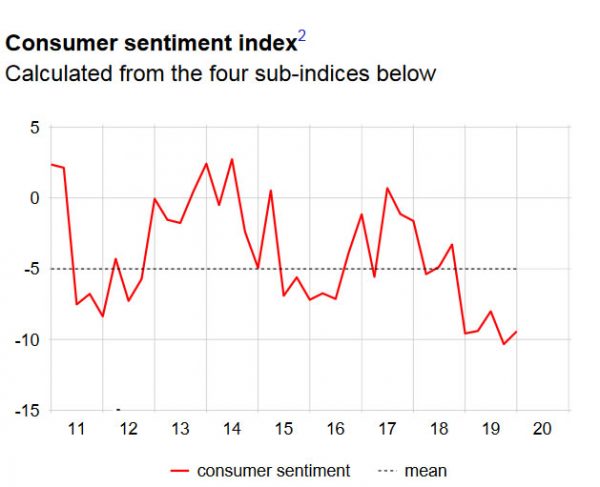
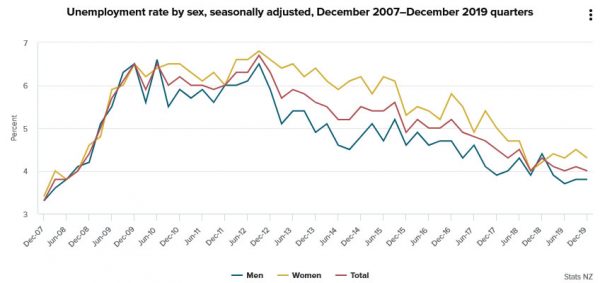
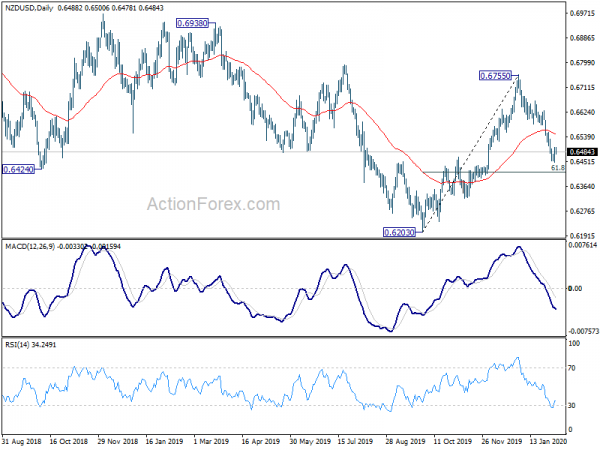
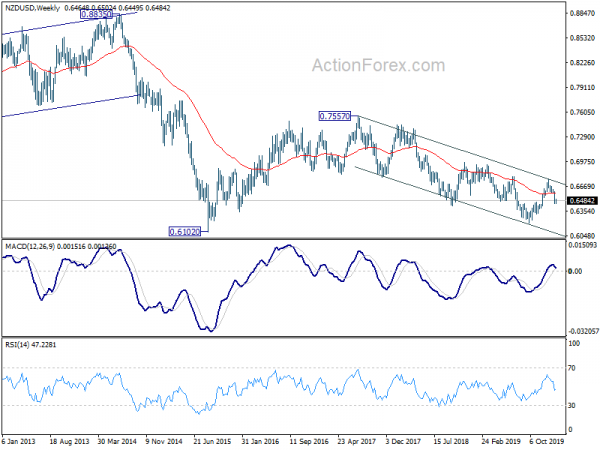

RBA cut 2020 growth forecast, Lowe warned of coronavirus risks
RBA Governor Philip Lowe told a parliamentary economics panel that the board is “expecting progress to be made towards the inflation target and full employment”. But the progress will be “only gradual” with uncertainties. The board “has been discussing” the case of further easing. But considering the balance of pros and cons, RBA decided to keep cash rate unchanged this week.
Lowe added, “if the unemployment rate were to be moving materially in the wrong direction and there was no further progress being made towards the inflation target, the balance of arguments would tilt towards a further easing of monetary policy.”
Additionally, he also said it’s “still too early to tell” about the impact of China’s coronavirus outbreak. But he warned, “the impact is going to be large”. And, “given what we know at the moment”, the hit to Australian economy would be worse than SARS. He added, the outbreak could take 0.2% off the Australia’s growth. But, if the virus “persists for an extended period, the effect on economic activity is likely to be larger than currently projected,”
In the Statement of Monetary Policy, RBA cut 2020 year-average GDP growth forecast from 2.75% to 2.25%. But 2020 year-average GDP growth forecasts was held unchanged at 3.00%. Unemployment rate forecast was lowered from 5.25% to 5.00% by December 2020, and from 5.00% to 4.75% by December 2021. Headline CPI forecasts was unchanged at 1.75% by December 2020 and 2.00% by December 2021.